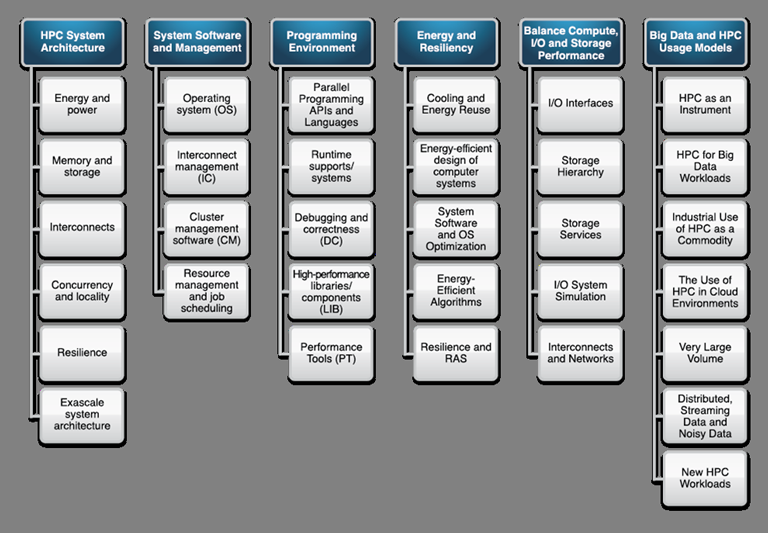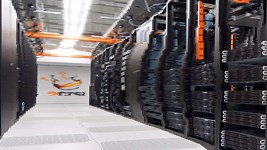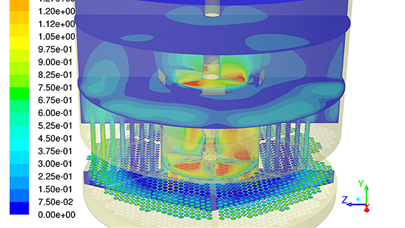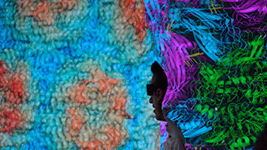A detailed plan for shared funding
In the production of the SRA, it seemed relevant to break down the technical aspects of the first three dimensions into six distinct sections, as illustrated in fig. 1:
• Components and system architectures
• System / management software
• Programming environments
• Energy and resilience
• Balancing performance between computation, communications, storage
• Big Data and HPC usage models
Based on this categorization, each section is subject to a more acurate analysis and is further broken down into sub-themes and research priorities with different milestones (see fig. 2 below). A total of 140 milestones are proposed, as well as an overall plan linking them together, with two major phases: Acquisition of the relevant technology capabilities in the various areas, with associated prototype demonstrators (2014-2017), and Consolidation, extension, exascale integration (2018-2020).
This program would be of little use, however, without a realistic estimation of its costs. Excluding the prototypes, this will be around €150 million a year for seven years. The European Commission will be approached to fund at least half of this, if possible with a subsidy of over 50%, most notably for the SMEs involved. The rest of the funding will come from industry and research organizarions who will underwrite associated projects and will be retained to carry them out.
At the time of going to press, the implementation of the program has not been fully confirmed nor finalized. ETP4HPC’s message is that if the European Commission offers support at the proposed level, the industry will be able to commit to the proposed R&D program, with performance indicators and monitoring metrics to be defined along with the mechanisms for implementing the whole structure. In the face of likely developments in the USA and the growing power of China in HPC, this is no small challenge. Europe has the resources in keeping with its ambitions. Now it has to work out how to mobilize them.
Understanding European Technology Platforms
The primary role of a European Technology Platform or ETP is to develop and regularly update a roadmap of research priorities in its sector. These Strategic Research Agendas feed and influence European research programs and their funding.
In essence, ETPs are driven by industrial companies. Various bodies come together to define an R&D program around a certain number of strategic challenges on a given theme: a theme where the future growth of the Union depends on very large-scale research and technological progress in the medium and long term. This is why ETPs put forward a vision that is shared by all their contributors: industry, public authorities, the scientific community, regulatory bodies, civil society, operators, users…
Launched to coincide with the Sixth European R&D Framework Programme (2002-2006), ETPs have taken on growing importance under the Seventh Framework Programme, which covers the period 2007-2013. Although they remain independent structures whose mission is to make recommendations that are recognized by the European Commission as direct interlocutors. In certain cases, ETPs lead to the creation of operational structures that directly implement research programs, such as Joint Technology Initiatives (JTIs) or Public Private Partnerships (PPPs).
There are currently about 40 ETPs today, in many different domains: information and communication technologies (ICT), energy, bio-economics, ERP, transport… In ICT, they include ENIAC (nano-electronics), ARTEMIS (embedded computing systems), EPOSS (intelligent systems), NESSI (software and Internet services). ARTEMIS and ENIAC are among the few ETPs that have led to the creation of a JTI.
© HPC Today 2024 - All rights reserved.
Thank you for reading HPC Today.































